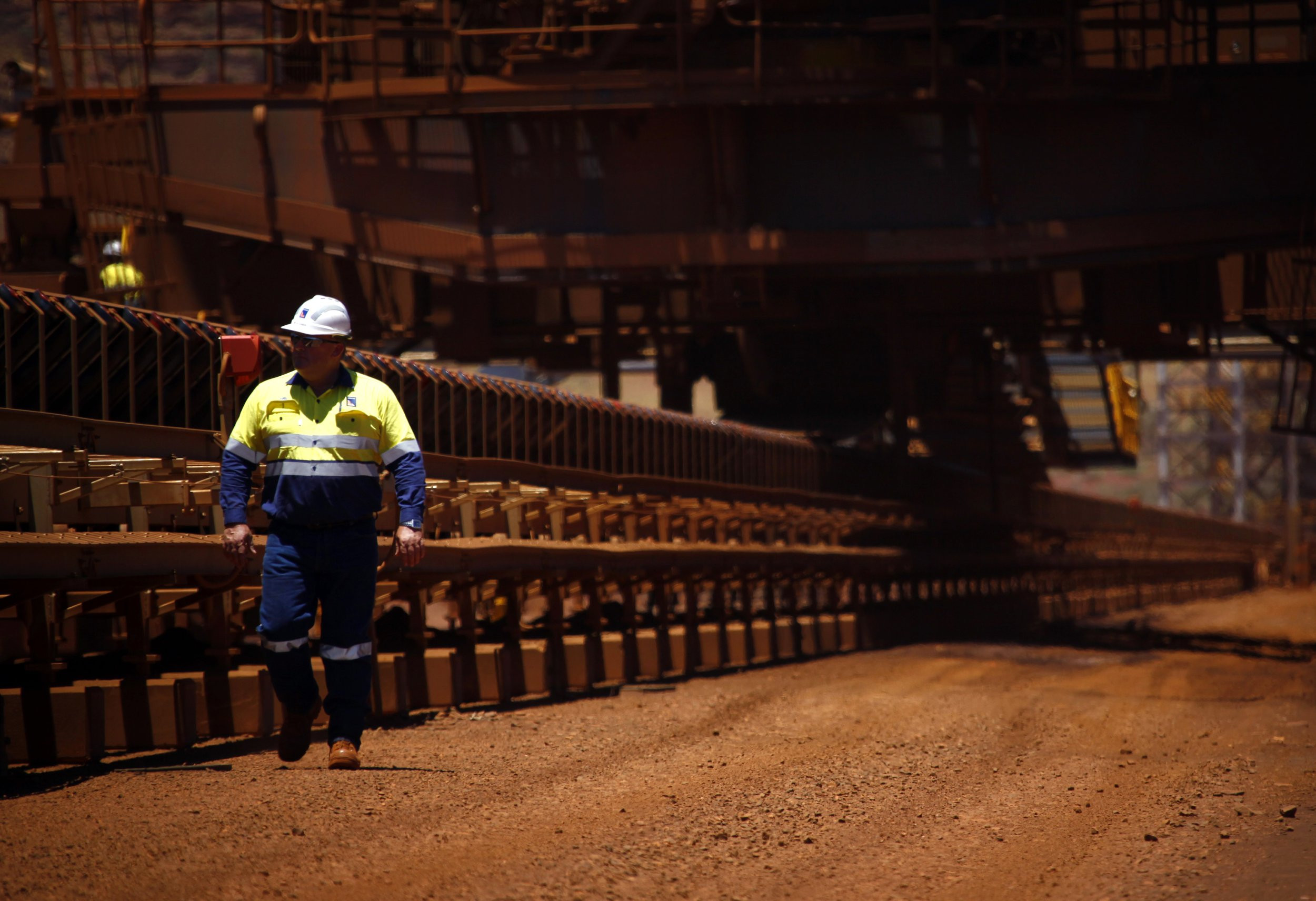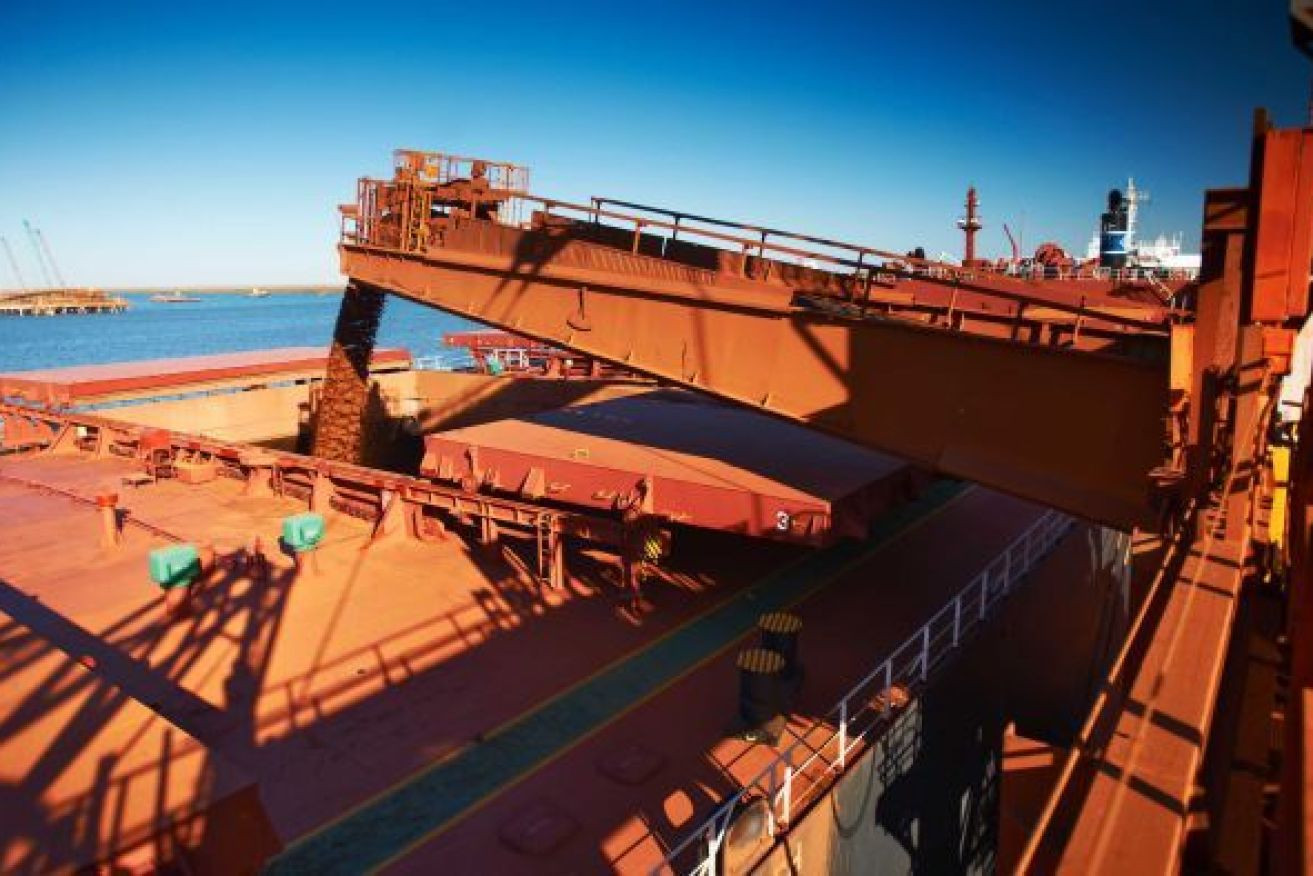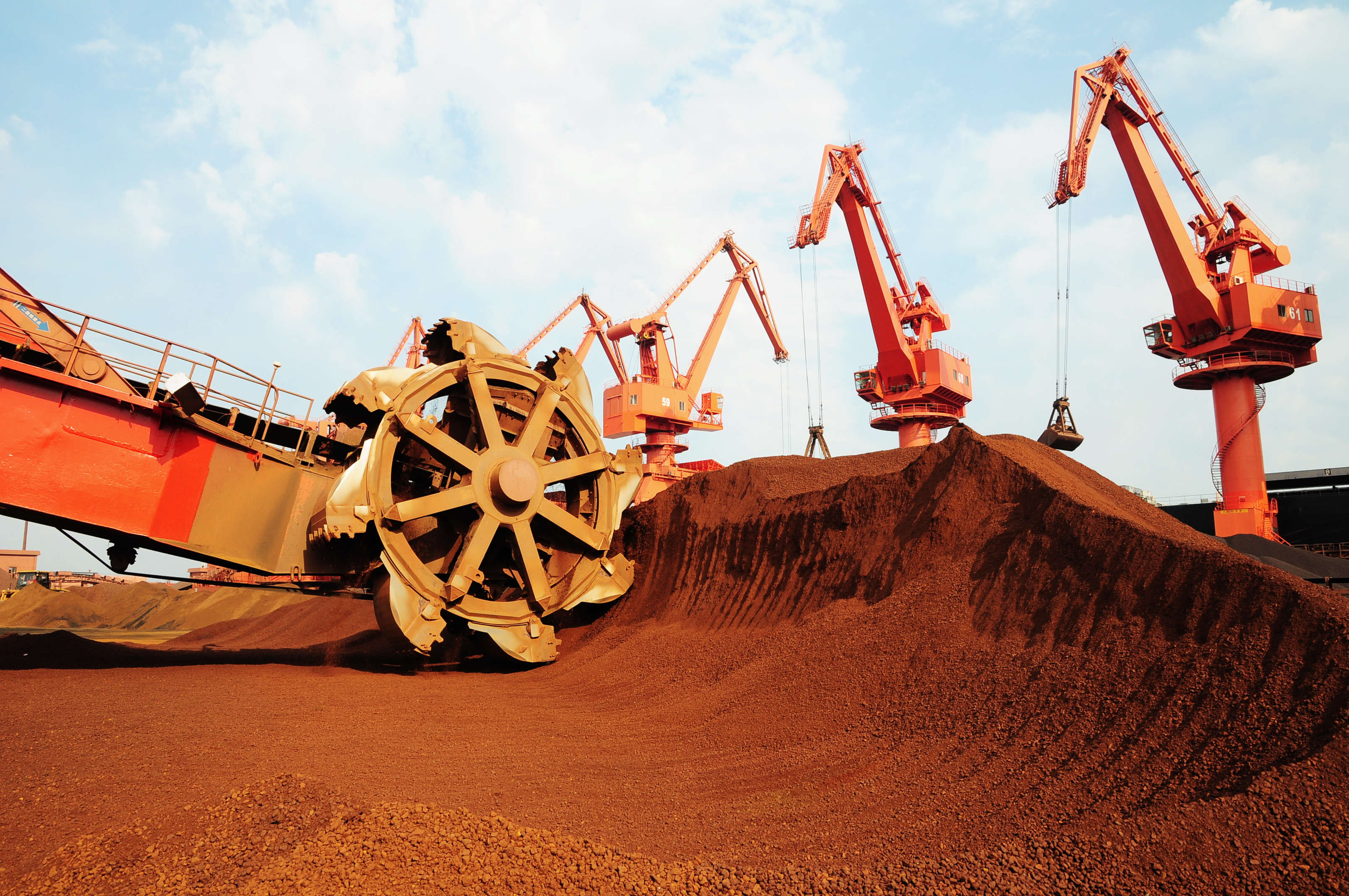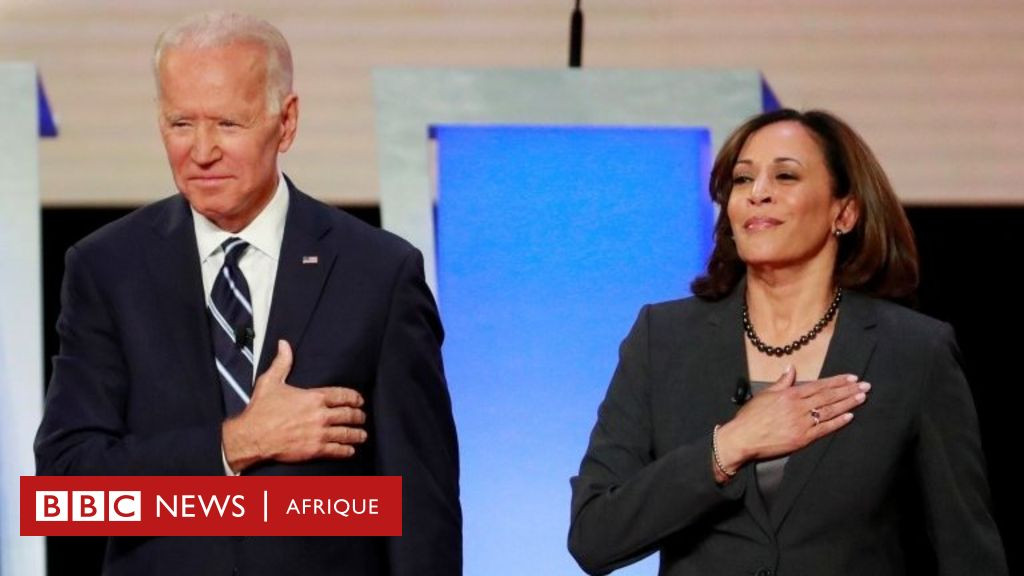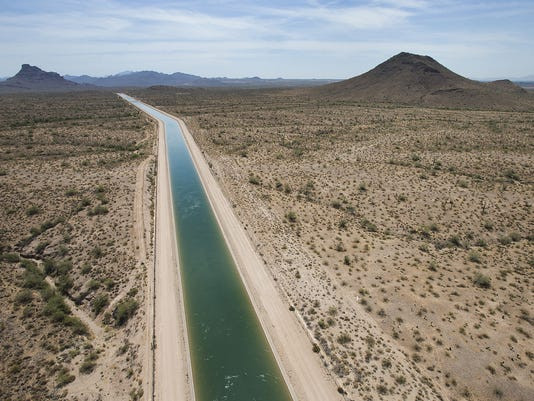A $3 Billion Hole in the Budget: Iron Ore Prices Plunge Amid China's Property Crisis
China's cooling property market has resulted in a steeper than anticipated decline in iron ore prices this year, posing a significant threat to the Australian federal budget. The decline could see a staggering $3 billion wiped from the federal budget due to reduced tax receipts from iron ore exports. This could further push the budget into deficit in the current financial year, adding pressure to an already delicate economic situation.
The Impact of China's Property Crisis on Iron Ore Demand
The demand for iron ore, the essential ingredient for steel production, has taken a significant hit due to the precarious state of China's property market. The construction sector, a major consumer of steel, has slowed considerably, leading to a sharp decrease in iron ore demand. This downward pressure on demand has been compounded by concerns about weak economic growth in China, further eroding confidence in the resources sector.
The Price Plummet: Iron Ore Prices Fall to Their Lowest Level in Nearly Two Years
Iron ore prices, which were around $143 per tonne at the start of the year, have been on a downward trajectory throughout 2024. This decline has accelerated in recent weeks, with prices now hovering around $82 per tonne, falling below Treasury's projections. The price has not been this low since November 2022, and investors are feeling particularly nervous about the future of the steel industry.
Treasury's Revised Forecasts and the Budgetary Impact
Treasury had initially forecast a gradual decline in iron ore prices, settling at $60 per tonne by the first quarter of 2025. However, the rapid price drop has prompted the Treasury to revise its projections, predicting the long-run price to be reached by the end of the September quarter 2024. This revised forecast indicates a potential loss of $3 billion in tax receipts over the next four years, according to Treasury analysis. The government was already anticipating a budget deficit of $28 billion for the 2024-25 financial year, following two years of surpluses. This significant revenue shortfall, brought about by the plummeting iron ore prices, could exacerbate the budget deficit, presenting a challenge for the Labor government as it heads into an election year in 2025.
A Global Concern: The Impact on Resources Companies and the Australian Dollar
China's weakening growth and struggling property sector have dampened investor confidence in the resources sector, leading to a downward trend in the market capitalization of the world's four major iron ore miners – BHP, Rio Tinto, Fortescue, and Brazil's Vale. The value of the Australian dollar is also tumbling as concerns about the health of the Chinese economy grow. While Australia's iron ore giants are among the most efficient operations globally, the low iron ore prices are likely to squeeze smaller players before they hit the larger mining companies.
The Road Ahead: Uncertainty and Cautious Optimism
The federal government is closely monitoring the situation, acknowledging the potential impact of the iron ore price slump on the Australian economy and the budget. The government is hoping that the strong jobs market, with continued low unemployment, will generate sufficient revenue through income taxes to offset the losses from iron ore. However, the uncertainty surrounding China's economic future and the global market remains a significant concern. The outlook for iron ore prices and the Australian budget is uncertain, but the government is emphasizing a cautious and conservative approach in response to the challenges ahead.
Navigating the Turbulence: The Impact on the Mining Industry
The sharp decline in iron ore prices has left many mining executives wondering about the future of the industry. The decline is a direct result of the downturn in China's steel industry, which is facing a severe contraction. The “big four” iron ore miners, BHP, Rio Tinto, Vale, and Fortescue, have seen their market value plummet by approximately $100 billion since the start of the year. This has led some industry analysts to believe that the decline could be more significant than previous downturns in 2008 and 2015.
Strategies for Survival: Adjusting to the New Reality
The large mining groups are likely to manage their supply to prevent further price declines. Shipments from Australia and Brazil have already started to slow down, with July data showing a sharp drop. This is a strategic move by the miners to maintain profitability in the face of declining demand. The current crisis in China's property market is a significant concern for investors, as it has a ripple effect on steel and iron ore consumption. The construction sector is experiencing a significant slowdown, with housing starts in China down by a quarter in the first half of 2024, following two years of double-digit declines. This is a direct result of the weak economic growth and the challenges facing the Chinese property market.
Adapting and Surviving: The Future of the Iron Ore Industry
The pressure on iron ore prices is likely to squeeze profits and dividend payouts for the leading miners, but the most significant impact will be felt by smaller producers in China, Malaysia, South Africa, and elsewhere. These producers are likely to be squeezed out of the market if the prices continue to fall. The future of the iron ore industry remains uncertain, but the industry is adapting to the new reality. The large mining groups are well-positioned to weather the storm, but smaller producers may struggle to survive. The current challenges in the iron ore market highlight the importance of flexibility and adaptability in the mining sector. As the world continues to transition to a more sustainable future, the demand for iron ore may evolve, and the industry will need to adjust accordingly.
The Iron Ore Rollercoaster: A Tale of Two Cities
The iron ore market is a volatile one, influenced by factors such as global demand, supply, and political events. The current downturn is a reminder of the inherent risks and uncertainties associated with this industry. While the future of iron ore prices remains uncertain, the industry is likely to experience periods of both growth and decline. The key to success in this market will be to navigate the ups and downs with agility and resilience, adapting to the changing circumstances while remaining focused on long-term growth and sustainability.




